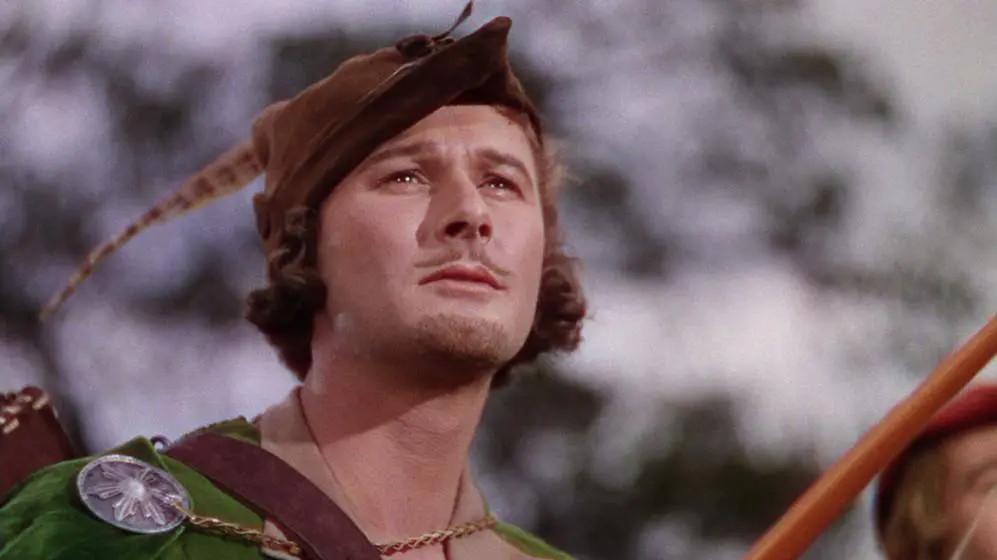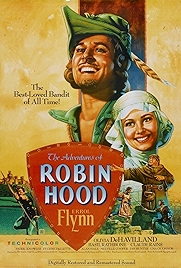A movie for every day of the year – a good one
15 June
King John “signs” Magna Carta, 1215
On this day in 1215, the king of England put his seal to Magna Carta (the Great Charter) at Runnymede, near Windsor, England. It is in effect a bill of rights, one forced on the king by feudal barons unhappy with the levels of taxation, John’s abysmal record when it came to fighting wars and his supine relationship to the Pope. Designed as part of a powerplay to unseat the king, it proposes limits to the power of the king, making that power more contractual in nature, and denies the king the power to act arbitrarily – he must act according to the law of the land.
The late judge Lord Denning, who was given to grandiloquent pronouncement, once called it “the greatest constitutional document of all times – the foundation of the freedom of the individual against the arbitrary authority of the despot.”
As soon as the barons had withdrawn from Runnymede, having got the agreement of the king, John renounced the most onerous passage of the charter (known now as Clause 61 – granting barons the right to seize the king’s properties, if necessary). The Pope also declared the Magna Carta null and void – how could a king chosen by God, sanctioned by the Church, be tethered?
The Barons went to war against the king, during which struggle the king would die, of dysentery, while on the campaign trail. His successor, the nine-year-old Henry III, would be forced into re-issuing Magna Carta (now reduced from 61 to 42 clauses and with the seizure clause removed) in an attempt to remove the casus bellum. It worked, and a version of Magna Carta passed into law.
The Adventures of Robin Hood (1938, dir: Michael Curtiz, William Keighley)
In spite of the efforts of Ridley Scott and Russell Crowe, it is the 1938 version of the story of Robin Hood that remains the one to beat. And, watching the Scott/Crowe film, you can see that they know it. Everything that the 1938 film does one way the 2010 film does another – Errol Flynn wears cloth, Crowe wears chainmail; Flynn sings his lines, Crowe grunts; Flynn is an air spirit, Crowe earth.
I could go on, but let’s focus on the original, an “only in Hollywood” number made with wide-eyed sincerity and brilliant technique, shot in the most lustrous Technicolor and starring Errol Flynn, the Australian whose thighs alone would have won him the role (and to think James Cagney was meant to play Hood). Both Flynn and Technicolor were new to Hollywood, Flynn having become a star three years earlier with Captain Blood, followed by The Charge of Light Brigade.
Casting is in fact this film’s great strength: Olivia de Havilland as Maid Marian, radiating wholesomeness and virtue; Basil Rathbone’s scheming Guy of Gisbourne; Claude Rains’s despotic Prince John. Even the merry men – Patric Knowles’s goodly Will Scarlett and Eugene Pallette’s Friar Tuck. Pallette’s Tuck is still the gold standard Friar, as Flynn is the gold standard Robin Hood. And what a lot of plot the film effortlessly compresses into its 100 minutes or so running time – from Robin Hood’s origins, to getting the band of followers together, to the love business between Hood and Marian, to the big swashbuckling finish in the castle, it’s the sort of thing that Peter Jackson would undoubtedly manage to stretch out to three three-hour films.
Why does it all work so well? The casting, the brilliance and the economy of writing, the technical skill on display, they’re all important, not forgetting the music of Erich Korngold, whose pioneering style is still being copied by the Hans Zimmers and John Williamses and James Newton Howards of today.
But it’s the way the film plays to the back row of the cinema, an upward tilt of the head here, a big bold gesture (Hood dumping a stag on the Prince John’s table, the splitting of the arrow scene), the swordplay, the swinging on ropes, all lit brightly and cleanly so it’s obvious what’s going on. And because, paradoxically perhaps for a film that is cod medieval to its plywood backdrops, the film has a mythic quality that unites it in some way with the lost legends going all the way back to the Green Man of English antiquity, where the just-about plausible and the surely supernatural jostle for precedence. We’re in no doubt either, which side Flynn’s Robin Hood is on – no dark psychological backstory for him, no issues with his parents, no “wrestling his demons” bullshit. How boring would that be? For answer to that question, see the Scott/Crowe film.
Why Watch?
- Technicolor – one of the best examples of it ever
- Errol Flynn, still lithe, bright and handsome
- Its superb support cast
- Erich Korngold’s score
The Adventures of Robin Hood – Watch it now at Amazon
I am an Amazon affiliate
© Steve Morrissey 2014

